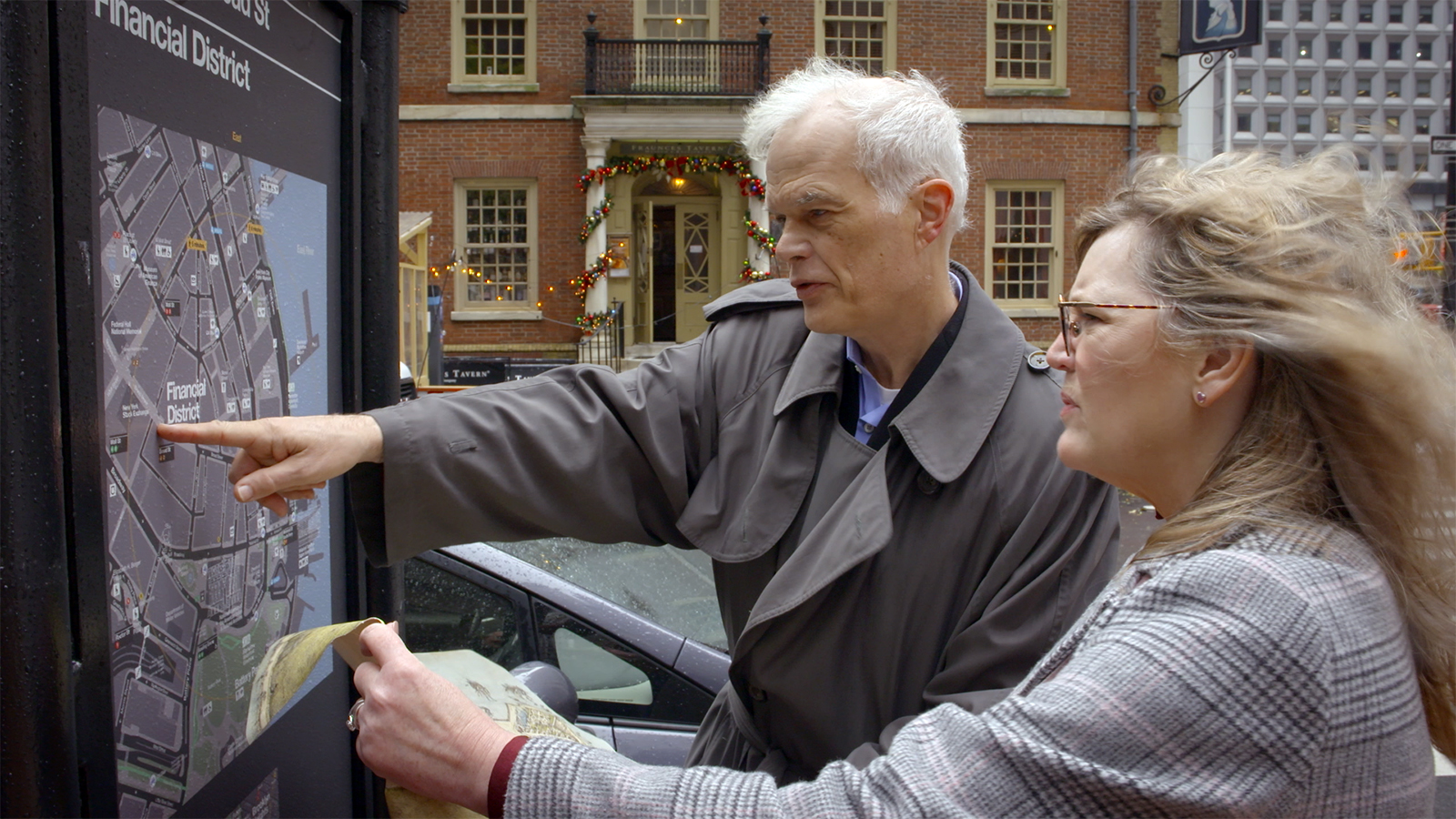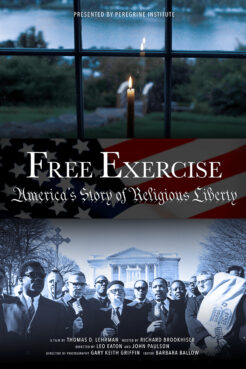
(RNS) — A new documentary, “Free Exercise: America’s Story of Religious Liberty,” tells the story of religious freedom through the experience of six religious groups — Quakers, Baptists, Black churches, Catholics, Mormons and Jews — and the persecutions they endured. The film shows that, far from being a principle set in stone, the First Amendment’s free exercise clause has evolved and been reinforced by groups’ efforts to gain the right to practice their faith.
Religious freedom is “a process” that “always needs to be revisited and maintained,” said the film’s host, National Review columnist Richard Brookhiser. “The documentary shows people what this story has been, what this process has been, what the principles are, how they’ve been worked out in the world.”
The documentary’s two hours are broken into six sections, each focusing on one of the religious groups and an episode from its history that marked its fight for religious rights. In two hours, the documentary takes viewers on a journey from the plains of Utah, in the segment on the 19th-century exodus by members of The Church of Jesus Christ of Latter-day Saints, to a Rhode Island synagogue that George Washington addressed in a letter supporting the United States’ early Jewish American community, to a station on the Underground Railroad where enslaved African Americans worshipped in secret.

“Free Exercise: America’s Story of Religious Liberty” film poster. (Courtesy image)
The film employs many historical reenactments and archival material to make the stories lively and relatable, as it follows Brookhiser to various locations where crucial events took place.
The filmmakers lionize those who stood up for religious freedoms over the centuries, telling the stories of “brave citizens who defended the right to exercise their most deeply held beliefs,” said the film’s co-director, John Paulson.
One example is an inspiring but little-known chapter in the founding of New York, known as the Flushing Remonstrance. In a 1657 letter, New Amsterdam’s Dutch settlers urged Peter Stuyvesant, the administrator of New Netherlands, to lift his ban on Quaker worship, a common restriction targeting what was then considered a fringe Christian sect.
That non-Quakers citizens would stand up for their neighbors’ rights to practice their faith exemplified how religious freedom had been the work of many, religious and nonreligious, said Brookhiser. “These 30 ordinary men said, ‘These people are being oppressed by you. Lay off them. We are standing up for their freedom, for their ability to worship.’ It was just very moving,” he said.
A section on the founding of the African Methodist Episcopal Church highlights the Black church’s history as space for Black Americans to organize and to resist first slavery and, later, racism. The film’s history of American Judaism tells the story of antisemitism in America, relating the case of Leo Frank, a factory worker in Atlanta who was wrongly convicted of murder in 1913 and lynched two years later after his appeal to the U.S. Supreme Court was rejected. Frank’s three-week show trial prompted the creation of the Anti-Defamation League.
The documentary also features a segment on a conference organized by the Becket Fund with legal experts invited to discuss how courts and legislatures have protected and broadened the First Amendment in the 21st century. (Thomas D. Lehrman, the film’s executive producer, was a Becket Fund board member for eight years.)
The movie concludes with a section dedicated to the future of religious freedom, raising questions about how our understanding of religious freedom will continue to evolve as newer arrivals to the United States expand the faith footprints of Hinduism, Buddhism, Islam and other global religions.
It also raises questions on how much society should accommodate free exercise and how much the government should intervene to protect citizens’ beliefs.
“Free exercise is an epochal principle. But even the greatest principles are not self-enacting; they need to be understood and upheld by every generation,” said Brookhiser.
Last week, the film was released on streaming platforms, including Apple TV, Amazon Prime Video, Vimeo and Google Play. The movie premiered on PBS stations in the fall.
This article was updated to correct in paragraph 8 that the documentary includes a section on the African Methodist Episcopal Church, not the African Methodical Episcopal Church.
